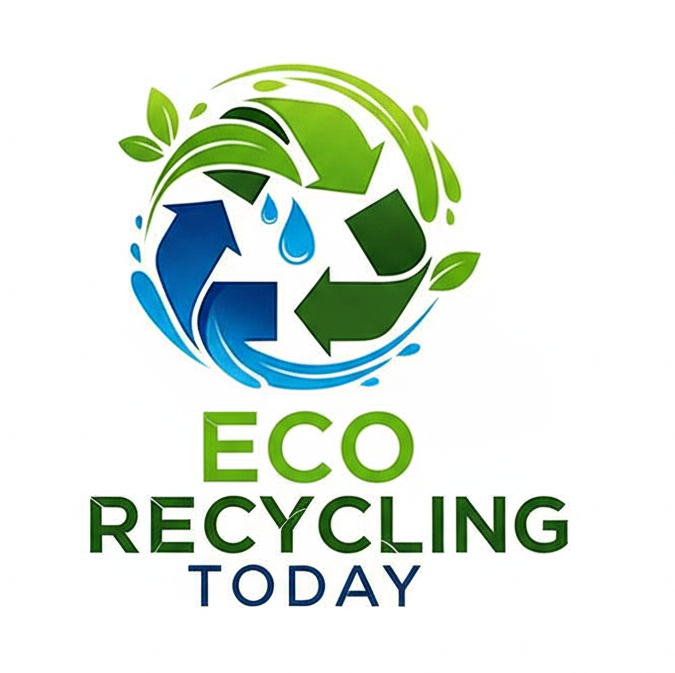As sustainability becomes a top priority across industries, recycled plastic is gaining momentum as a versatile, eco-friendly material for applications like 3D printing, packaging, and beyond. Utilizing recycled plastics helps reduce waste, conserve resources, and lower carbon footprints while maintaining product quality and performance.
We’ll explore how recycled plastic is transforming key industries—particularly 3D printing and packaging—and highlight the benefits and challenges of adopting recycled materials.
What Is Recycled Plastic?
Recycled plastic is plastic material that has been collected, cleaned, and processed from used plastic products and waste. It is converted into raw materials such as pellets or filament, which can be reused to manufacture new products, reducing the demand for virgin plastic derived from fossil fuels.
Recycled Plastic in 3D Printing
Why Use Recycled Plastic for 3D Printing?
3D printing, or additive manufacturing, typically uses plastic filaments made from materials like PLA, ABS, or PETG. Increasingly, filaments made from recycled plastics are entering the market, offering:
- Environmental Benefits: Lower carbon emissions and reduced plastic waste.
- Cost Efficiency: Sometimes more affordable than virgin filaments.
- Circular Economy: Helps close the loop by repurposing plastic waste into new products.
Types of Recycled Plastics Used for 3D Printing
- Recycled PET (rPET): Popular due to strength and durability, often sourced from bottles.
- Recycled PLA: Biodegradable plastic from renewable resources, increasingly recycled for filament production.
- Recycled ABS: Strong and impact-resistant, recycled ABS is used for industrial-grade printing.
Applications
- Prototyping and product design
- Educational tools and models
- Custom parts and accessories
- Artistic and decorative objects
Recycled Plastic in Packaging
Sustainable Packaging Solutions
Packaging is one of the largest uses of plastic globally. Incorporating recycled plastic into packaging helps reduce waste and environmental impact by:
- Reducing Virgin Plastic Use: Lowering the need for new raw materials.
- Improving Brand Image: Demonstrating corporate responsibility.
- Complying with Regulations: Meeting government mandates on recycled content.
Common Packaging Made with Recycled Plastic
- Food and beverage containers (bottles, jars)
- Shopping and courier bags
- Wrapping films and shrink wraps
- Industrial pallets and crates
Other Uses of Recycled Plastic
Beyond 3D printing and packaging, recycled plastics are used in:
- Construction materials (e.g., plastic lumber, roofing tiles)
- Automotive parts (dashboards, panels)
- Textiles (fibers for clothing and upholstery)
- Household products (furniture, containers)
Benefits of Using Recycled Plastic
- Environmental Protection: Diverts plastic waste from landfills and oceans.
- Energy Savings: Producing recycled plastic consumes less energy than new plastic production.
- Cost-Effectiveness: Reduces material costs in many cases.
- Supports Circular Economy: Encourages recycling and reuse in manufacturing.
How to Choose Recycled Plastic Products
- Check for certifications like Recycled Content Certification or Global Recycled Standard (GRS).
- Look for transparency about recycled material percentage.
- Prioritize products from companies committed to sustainability.
Recycled plastic is a trend in the push toward sustainable manufacturing, with promising applications in 3D printing, packaging, and many other industries. By embracing recycled plastics, businesses and consumers contribute to reducing plastic waste and preserving the environment.
